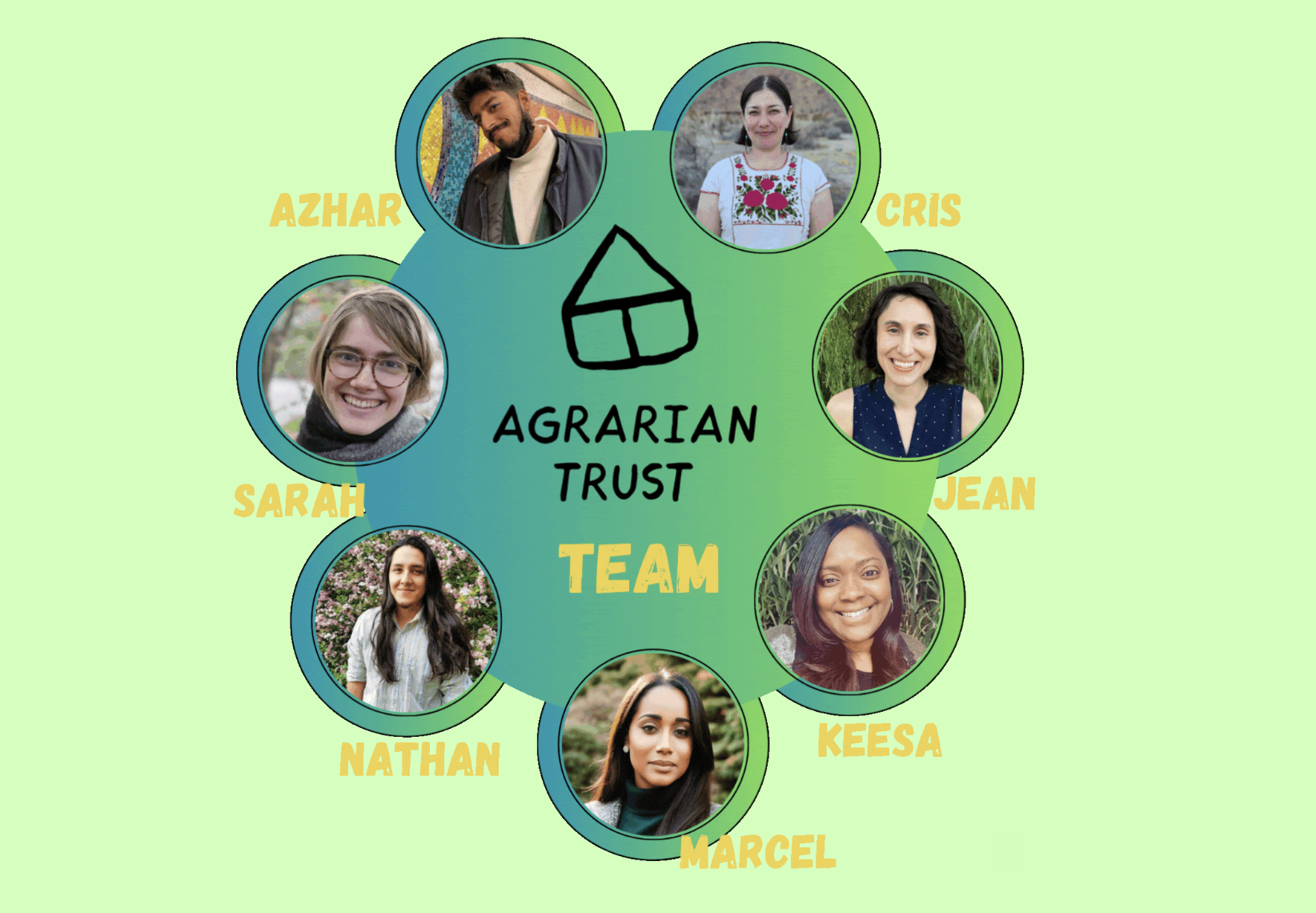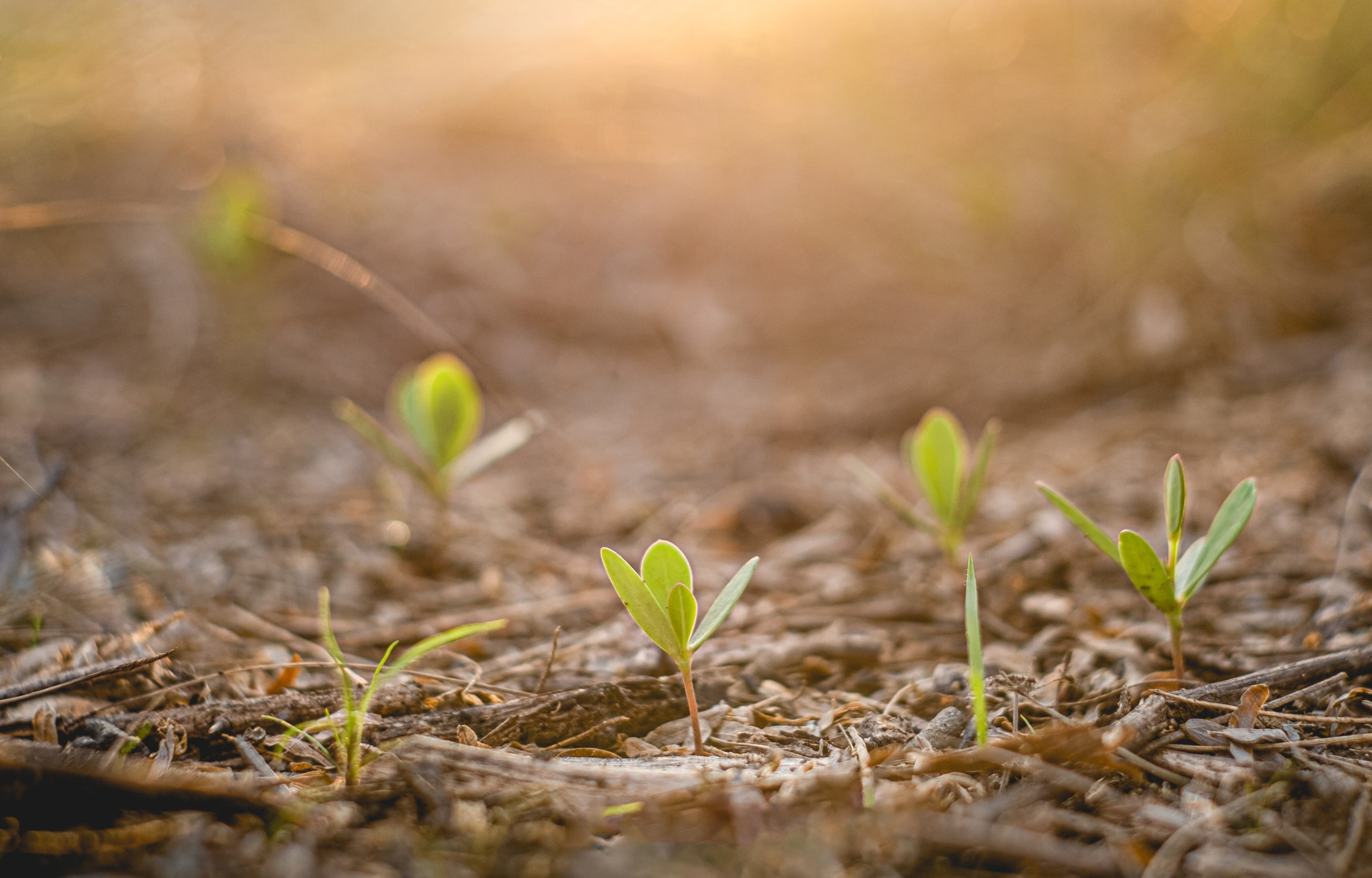From the Western Daily Press by Simon Copp
Rising demand for land is being matched by changing practices as farmers and investors snap up larger parcels of land than previously.
Where 300 acres would before have been sold as separate lots, they are now often sold as one, with farmers not limiting themselves to buying up just their neighbours.
This willingness to “satellite farm”, using the same contractors and machinery to bring down costs through economies of scale is just one of reasons why there is still space for the market to grow.
And despite land values reaching 12,000 an acre, Kit Harding, rural partner for property consultancy Carter Jonas at its Bath office, remains bullish, despite other property sectors becoming increasingly attractive.
He is not alone. The recent market report from the Royal Institution of Chartered Surveyors showed that 32 per cent more surveyors reported rises, rather than falls, in demand in the past 12 months. And in the next year, 44 per cent of respondents expect prices to rise, rather than fall.
With more buyers in the market than land available to purchase, existing farmers are competing ferociously with investors to secure![]() the “marriage value” of their current holding with the land for sale.
the “marriage value” of their current holding with the land for sale.
In the southern region, good bare arable land is regularly fetching more than £10,000 per acre but the best, with optimum marriage value, is now pushing above £12,000 per acre, compared with the national average of around £9,000 per acre. However, when there are few neighbouring bidders, land sales are achieving closer to the national average.
“The clouds![]() of some uncertainty in the form of taxation changes are not sufficient to change sentiment in what is a favoured asset class,” said Mr Harding. “The other issues around global warming, the world’s population and the UK housing shortage all seem to be increasing demand for agricultural land.
of some uncertainty in the form of taxation changes are not sufficient to change sentiment in what is a favoured asset class,” said Mr Harding. “The other issues around global warming, the world’s population and the UK housing shortage all seem to be increasing demand for agricultural land.
“The phenomenal growth in the UK population in the near future must bring with it opportunities![]() as far as land ownership is concerned. Quality land will have some good investment potential and it is the poorer and less well-equipped land that may begin to slow down and in some cases ease back,” he said.
as far as land ownership is concerned. Quality land will have some good investment potential and it is the poorer and less well-equipped land that may begin to slow down and in some cases ease back,” he said.
In addition to land prices now being 12 per cent higher than a year ago, farmland now costs more than four times what it did when RICS first began recording rural land market data in 1994 (when land cost £2,028 per acre). Price![]() growth in the last decade has been driven principally by farmers.
growth in the last decade has been driven principally by farmers.
Mr Harding says experience also shows that larger blocks of quality arable land are commanding significant premiums from investors and farmers more prepared to “satellite” farm.
“Blocks of arable land of 300 acres and above which previously may have sold in lots are now expected to attract higher prices when sold as a whole and this is quite a major change in the way the market operates.
“A significant rise in interest is also being seen from non-farming purchasers acquiring between 50-150 acres local to them.
“Smaller blocks of less than 10 acres have been fetching a premium of up to £25,000 per acre in some cases, but at the other end of the scale some woodland and scrub with foot access sold for less than a tenth of that but gave the buyer a chance to own what many people dream of – a piece of land somewhere,” said Mr Harding.





